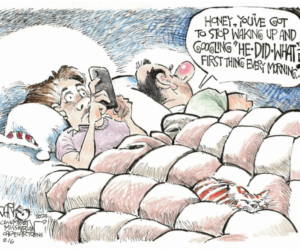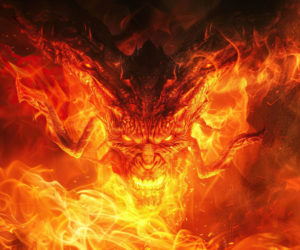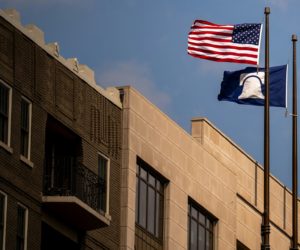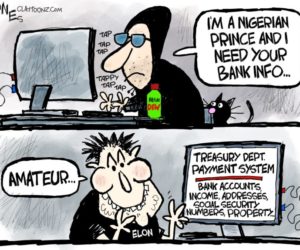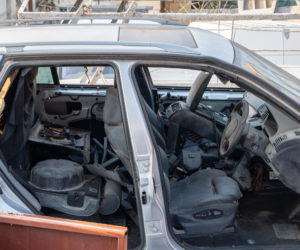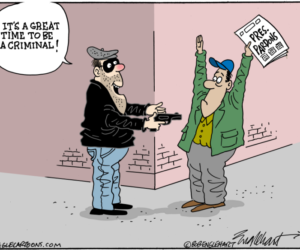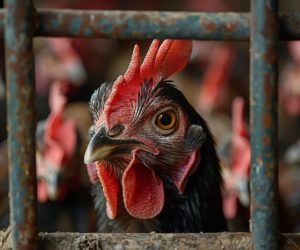
Rrobiek, a Belgian Malinois military working dog, and his handler, Army Staff Sgt. Charles Ogin, 3rd Infantry Regiment, bond with each other during work in Baghdad, Feb. 15, 2017. Army photo by Sgt. Anna Pongo
One of my favorite subjects is “Military Working Dogs.” (MWD)
It has been a while since I have written about our four-legged warriors, but this time I don’t even need to write (not even the title) as I just came across a nice article about an Army MWD handler in Iraq and his 7-year-old Belgian Malinois, “born to be a hero,” written by Army Sgt. Anna Pongo, 3rd Infantry Regiment.
Enjoy.
BAGHDAD, Feb. 28, 2017
Rrobiek, a 7-year-old Belgian Malinois, was born to be a hero. He was bred and trained to serve and protect the people he works with. Currently, those people are members of the Combined Joint Forces Land Component Command in Iraq.
Rrobiek is a patrol and explosive detector dog. He and his human handler, Army Staff Sgt. Charles Ogin, 3rd Infantry Regiment, work hard to ensure the safety of everyone inside the entry-point gate at Union III in Baghdad.
Rrobiek is one of six dogs who live and work with their handlers at Union III. These dogs work with their handlers to check each vehicle that drives through the entry point.
They also do other behind the scenes work to keep Union III safe.
“While it may not quite be thinking like us, they think,” Ogin said. “This enables them to help us enhance our force protection.”
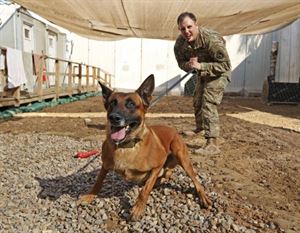
‘A Great Partner’
Ogin and Rrobiek started working together in 2014, after Rrobiek’s last deployment to Afghanistan.
“At first it was a bit of a rough relationship because it’s two different conflicting personalities,” said Ogin. “But we started meshing, and now I wouldn’t have it any other way. He’s a great partner.”
While on a temporary assignment to Kenya in 2015 the duo began to bond as they lived together for the first time, and formed the connection they needed to become the partners they are today.

Rrobiek was born on June 1, 2010, at Lackland Air Force Base, Texas. MWDs are either procured or bred specifically for their job. After he was born, Rrobiek lived in a foster home until he was old enough to go back to Lackland for training.
Through his training, which was like dog basic training, Rrobiek learned obedience, patrol and detection. He became an adept asset to his soldier counterparts.
“He’s a piece of equipment in the Army’s eyes, but he has his own personality, his own quirks,” Ogin said. “He’s very set in his ways, kind of like a person.”
The relationship that the 72-pound canine and his handler have is mutually necessary. They form a bond that is more effective than any machine at finding explosives, Ogin said.
“You’ve got to understand that he’s doing 90 percent of the work, but without me, he can’t do the 90 percent of the work,” Ogin said.
This partnership enables the two of them to protect their fellow service members and also each other.
“I have a dog that’s loyal,” Ogin said. “He’s willing to work until he dies and he’s willing to defend me. I can’t say that about every soldier … But that dog will defend me until I die.”
For more articles about MWDs, please go here and here.

